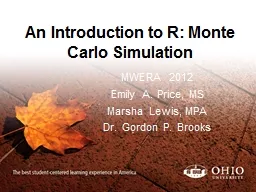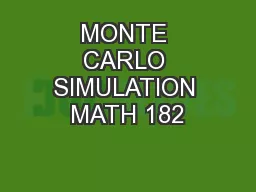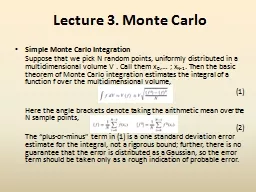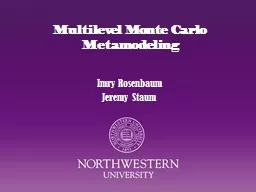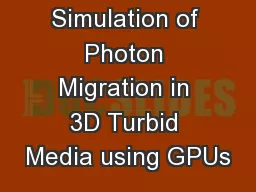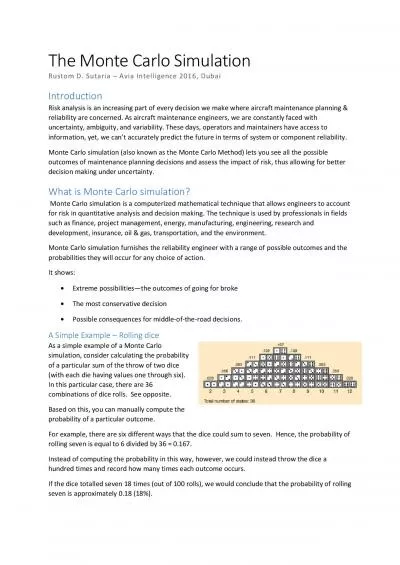PPT-Scoring in FLUKA OMA Monte Carlo school
Author : nicole | Published Date : 2023-06-25
BuiltIn and User Scoring Several predefined estimators can be activated in FLUKA One usually refers to these estimators as scoring capabilities Users have also
Presentation Embed Code
Download Presentation
Download Presentation The PPT/PDF document "Scoring in FLUKA OMA Monte Carlo school" is the property of its rightful owner. Permission is granted to download and print the materials on this website for personal, non-commercial use only, and to display it on your personal computer provided you do not modify the materials and that you retain all copyright notices contained in the materials. By downloading content from our website, you accept the terms of this agreement.
Scoring in FLUKA OMA Monte Carlo school: Transcript
Download Rules Of Document
"Scoring in FLUKA OMA Monte Carlo school"The content belongs to its owner. You may download and print it for personal use, without modification, and keep all copyright notices. By downloading, you agree to these terms.
Related Documents





